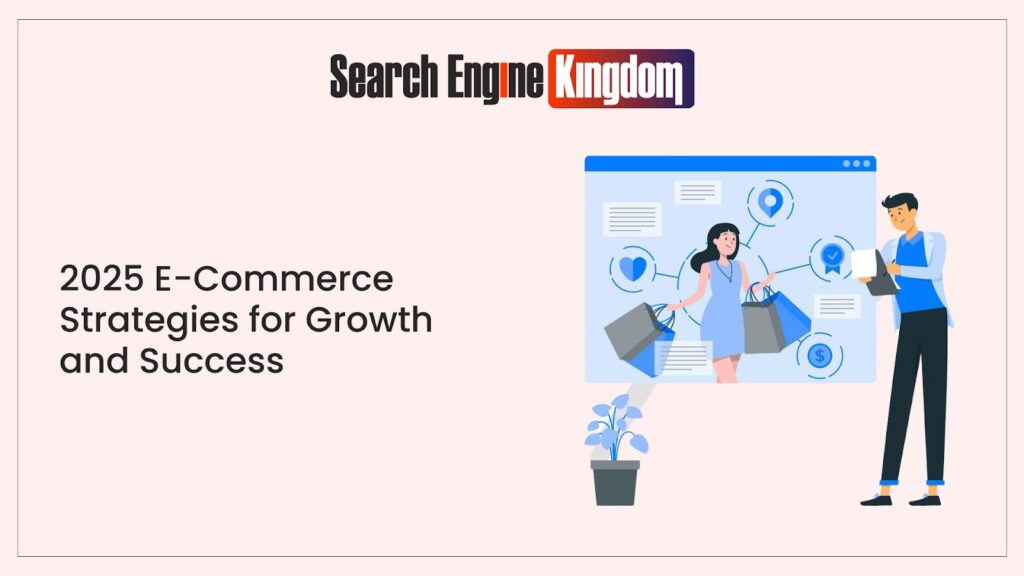
Welcome to 2025, where E-Commerce is more competitive—and exciting—than ever. As technology evolves, so do customer expectations. If you’re running an E-Commerce business or planning to launch one, now’s the time to fine-tune your ecommerce strategies. Let’s dive into the key areas you need to focus on to thrive this year.
1. Prioritize Customer Experience for Increased Loyalty
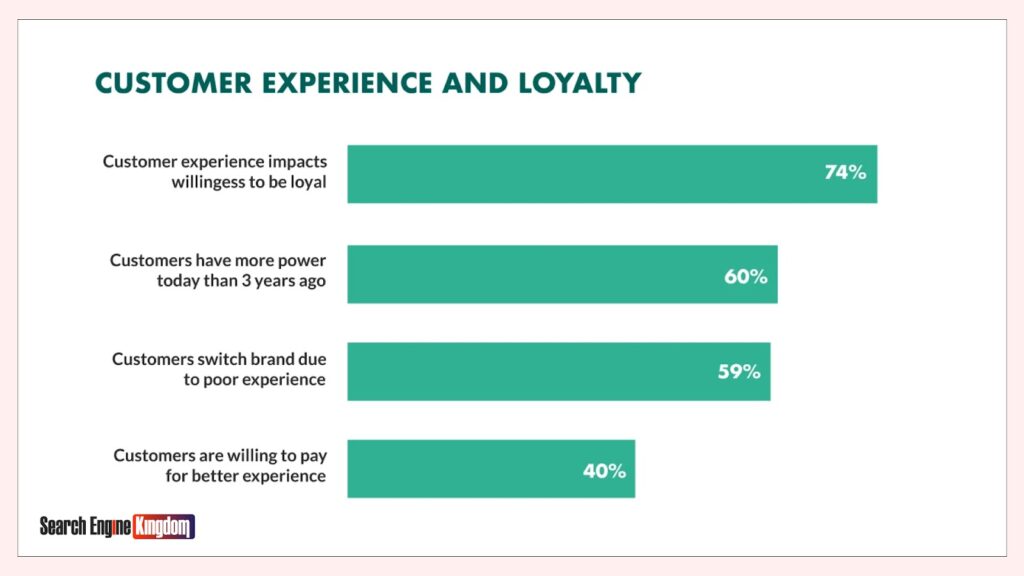
Why it matters:
In today’s crowded market, customers expect a seamless, personalized experience. If your E-Commerce store feels disjointed, customers won’t hesitate to look elsewhere.
Actionable tip:
Integrate customer data across all channels (online, in-store, and mobile) to create a personalized experience. Brands like Nike use this strategy by allowing customers to sync their online and in-store activity, ensuring a consistent experience.
Try this:
Implement a CRM system that collects and integrates data across all touchpoints to create an ultra-personalized shopping journey. Don’t forget to optimize your mobile site—many shoppers now prefer browsing via smartphones.
2. Optimize for Customer Lifetime Value (LTV)
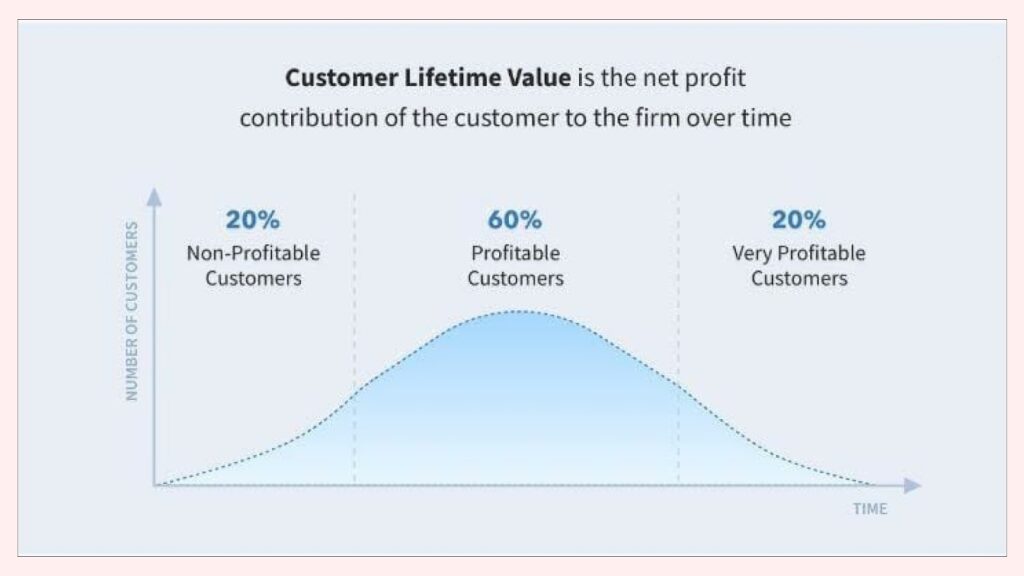
Why it matters:
Acquiring new customers is important, but retaining them is even more crucial. Focusing on LTV can lead to better long-term profitability.
Actionable tip:
Identify your high-value customers and create loyalty programs that encourage repeat purchases. Sephora’s Beauty Insider program is a perfect example of how rewards can incentivize return shoppers.
Try this:
Analyze your customer data to find repeat buyers. Offer them exclusive deals, early access to new products, or personalized rewards. This not only boosts LTV but creates brand advocates.
3. Harness the Power of Data for Smarter Decision-Making
Why it matters:
Data is your secret weapon for understanding your customers’ preferences, purchasing behaviors, and pain points.
Actionable tip:
Use first-party data (from your website, email campaigns, etc.) to personalize your offerings. For instance, Amazon uses data to recommend products tailored to each individual user.
Try this:
Collect and analyze data from multiple sources, like your website, social media, and customer feedback. Use this data to segment your customers and deliver more targeted, personalized marketing messages.
4. Test and Optimize: A/B Testing for Continuous Improvement
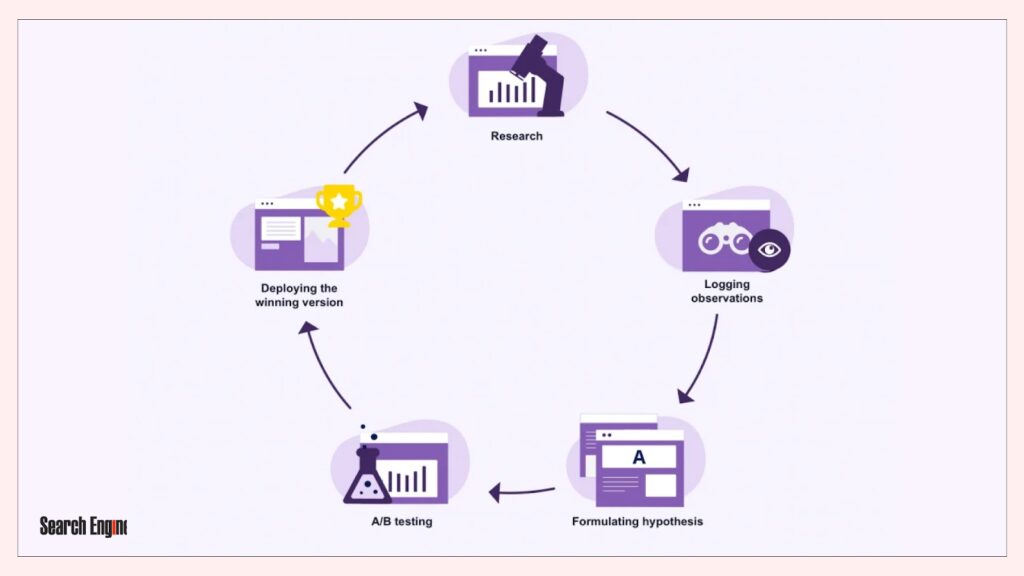
Why it matters:
You won’t know what works until you test it. Experimenting with different strategies lets you understand what resonates with your audience.
Actionable tip:
Conduct regular A/B tests on your landing pages, product descriptions, and even your checkout process. eBay frequently tests product listings and page designs to maximize conversion rates.
Try this:
Start small with A/B tests—try changing headlines, button colors, or promotional offers to see what increases your conversion rate. Use data from your tests to make informed decisions for your next iteration.
5. Partner Wisely: Choose the Right Advertising Partners
Why it matters:
Advertising can make or break your sales. Poorly executed ads can damage your brand’s reputation, while effective ads can boost visibility and sales.
Actionable tip:
Ensure that your advertising partners align with your values and customer expectations. Adidas collaborates with eco-conscious influencers to build a sustainable image.
Try this:
If you’re working with influencers or ad networks, make sure their target audience aligns with your customer base. Choose partners who reflect your brand’s mission and values for a more authentic connection. Effective eCommerce strategies start with the right partnerships.
6. Leverage Machine Learning for Smart Personalization
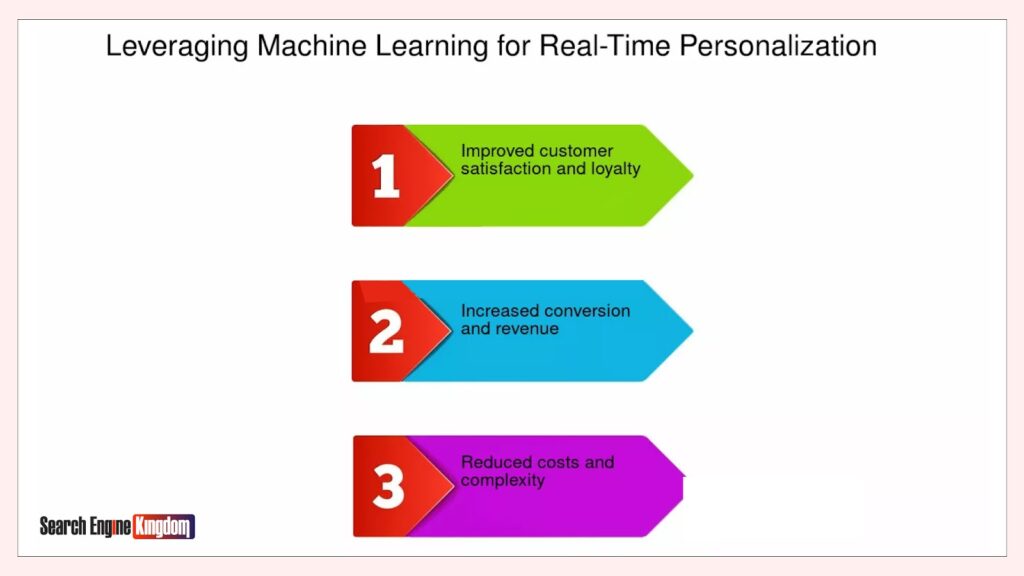
Why it matters:
Machine learning (ML) can provide real-time insights, helping you deliver personalized experiences at scale.
Actionable tip:
Use ML tools to offer dynamic product recommendations, like Spotify does with music. These suggestions increase engagement and encourage customers to explore products they may not have found otherwise.
Try this:
Integrate a machine learning-powered recommendation engine into your eCommerce platform. Track customer behavior in real-time, and show personalized product recommendations based on their browsing and purchase history.
Conclusion
In 2025, focusing on eCommerce strategies, customer experience, data, and continuous testing will be essential for growing your business. These proven tactics will help you stay ahead of the competition.
By prioritizing customer retention through loyalty programs, optimizing your LTV strategy, and using data-driven marketing tactics, you can create a solid foundation for long-term success. Add automation and machine learning into the mix, and you’ve got a recipe for efficient, scalable growth. Stay ahead with the latest insights at Search Engine Kingdom!
